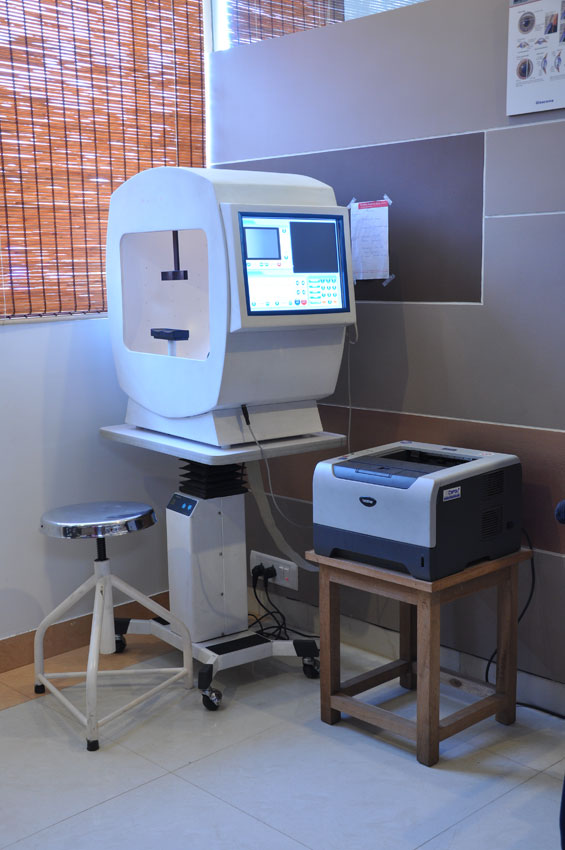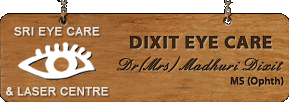Computerised Perimetry
 During the last few years computerized perimetry has become a clinical reality. This new technique eliminates the operator’s error, ensures reproducibility of test procedures and parameters and makes visual field testing of large numbers of patients possible. Great differences exist between computerized perimeters. Differences in hardware for example, the way in which stimuli or field charts are produced may be striking but even more important are differences in software, especially test algorithms. The results obtained with some instruments and test programmes are of such high quality that the same level of performance may be almost impossible to obtain with manual perimetry, at least in a clinical setting. Nevertheless, improvements can be expected in the future particularly in adaptive tests and in computerized interpretation of the fields.
During the last few years computerized perimetry has become a clinical reality. This new technique eliminates the operator’s error, ensures reproducibility of test procedures and parameters and makes visual field testing of large numbers of patients possible. Great differences exist between computerized perimeters. Differences in hardware for example, the way in which stimuli or field charts are produced may be striking but even more important are differences in software, especially test algorithms. The results obtained with some instruments and test programmes are of such high quality that the same level of performance may be almost impossible to obtain with manual perimetry, at least in a clinical setting. Nevertheless, improvements can be expected in the future particularly in adaptive tests and in computerized interpretation of the fields.
A visual field test is an examination that may be performed to analyze a patient’s visual field. The exam may be performed by a technician in one of several ways. The test may be performed by a technician directly, with the assistance of a machine, or completely by an automated machine. Machine based tests aid diagnostics by allowing a detailed printout of the patient’s visual field.
Computerized perimeters have increased the precision with which visual fields may be tested. The purpose here is to present considerations for properly performing automated perimetry. Selecting the correct perimeter to complement specific practices is discussed, and various test strategies available on automated perimeters are reviewed. Selection of the appropriate program to provide the clinician with the information needed is essential. A step-by-step discussion as to proper performance of automated perimetry includes factors that should be considered so that consistency between visual field examinations can be maintained. Confounding variables, such as the learning effect, pupil size, and various ocular pathologies, are discussed with respect to their effects on automated perimetric results.

 3i Global Inc.
3i Global Inc.